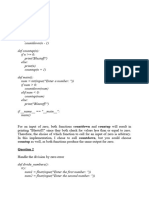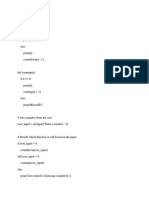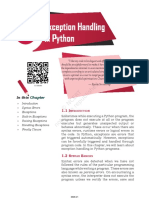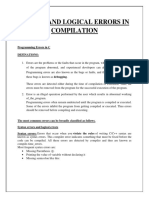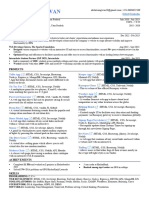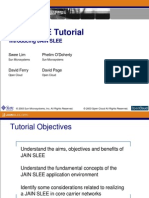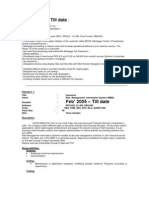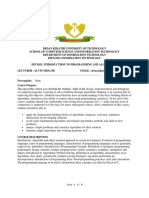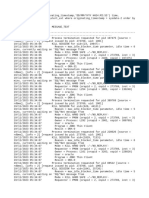0% found this document useful (0 votes)
6 views6 pagesConditionals and Recursion2
The document discusses two programming concepts: recursive functions for countdown and countup operations, and error handling for division by zero in Python. It emphasizes the importance of recursion in controlling flow and the necessity of using try-except blocks to manage runtime errors, particularly ZeroDivisionError. Proper error handling enhances user experience and software reliability, as unhandled errors can lead to program crashes and data loss.
Uploaded by
stardecosCopyright
© © All Rights Reserved
We take content rights seriously. If you suspect this is your content, claim it here.
Available Formats
Download as DOCX, PDF, TXT or read online on Scribd
0% found this document useful (0 votes)
6 views6 pagesConditionals and Recursion2
The document discusses two programming concepts: recursive functions for countdown and countup operations, and error handling for division by zero in Python. It emphasizes the importance of recursion in controlling flow and the necessity of using try-except blocks to manage runtime errors, particularly ZeroDivisionError. Proper error handling enhances user experience and software reliability, as unhandled errors can lead to program crashes and data loss.
Uploaded by
stardecosCopyright
© © All Rights Reserved
We take content rights seriously. If you suspect this is your content, claim it here.
Available Formats
Download as DOCX, PDF, TXT or read online on Scribd
/ 6






